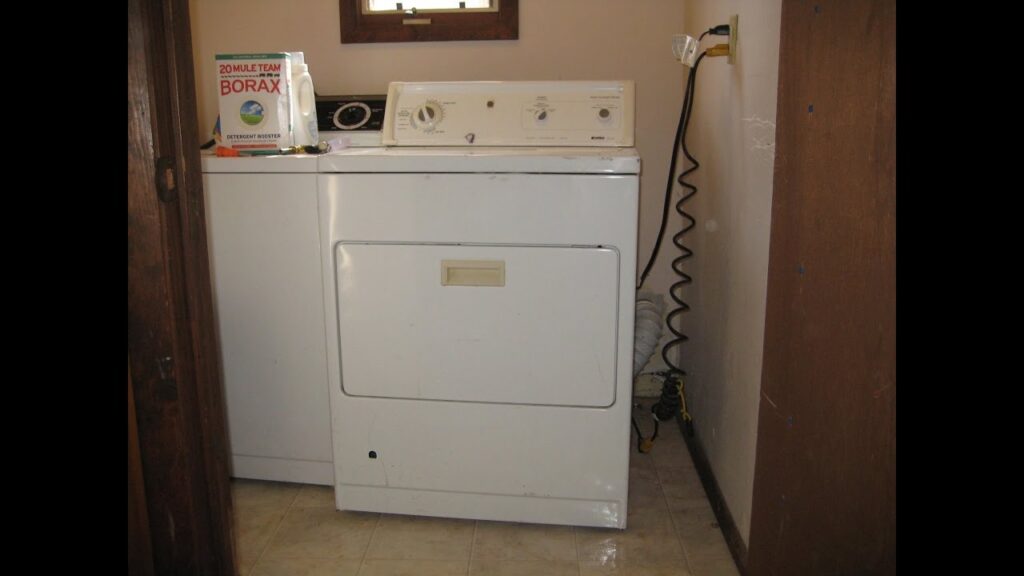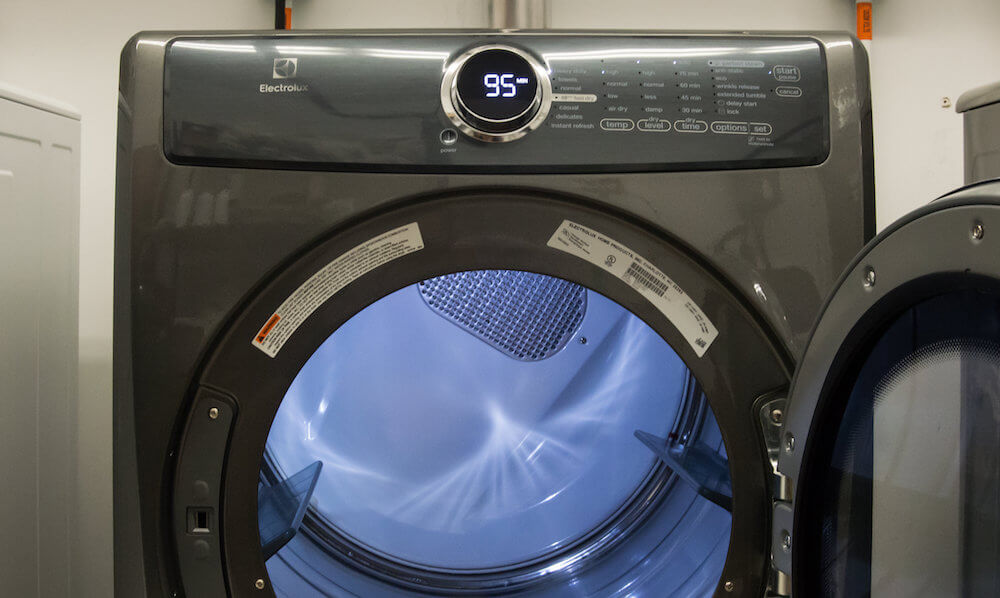It can seem really challenging to try to study all of the different parts of machines such as your dryer, but they all have their own purpose in making the dryer run right.
Knowing how individual pieces and how to fix them can save you trouble when your dryer breaks down.
That’s why you should pay attention to the different kinds of dryer parts so you can identify and respond to problems when they come.
A key piece in many brands of dryers is what is called the gas valve solenoid.
It plays an important part in the overall functioning of the dryer.
Moreover, handling the component is tricky. If you do it wrong, you could further hurt the dryer or yourself. It may appear to be daunting to try to understand and fix the gas valve solenoid, but with a little work, you can easily work with it.
What is the Gas Valve Solenoid?

Photo credit to YouTube
The gas valve solenoid, sometimes correlated with the flame sensor, is typically only found in gas dryers. It consists of, as defined here on DoItYourself.com, in essence, a collection of coils found within the dryer.
The purpose of the gas valve solenoid is to control the flow of gas within the dryer by using the coils to open and close the valve accordingly to let gas flow or stay in place.
Since the gas is the very source of energy in a gas-powered dryer, it is vital that the gas valve solenoid and its coils function properly, or else the dryer will not receive the gas it needs to heat up.
Plus, having problems with the flow of gas in a machine can often have dangerous consequences if left unfixed.
Checking Igniter
If your dryer stops giving off heat, it could be from a stop in the gas flow due to a problem with the gas valve solenoid. But since there are other possible scenarios as well, you should take a look at the gas valve solenoid yourself and check if it still works as it should.
As always, when inspecting interior components of your dryer, be sure to turn off and unplug the machine before proceeding.
Choose a high-heat setting for the dial and observe the effects of that setting on the flame sensor. A several-seconds glow on the flame sensor indicates that you should replace the gas valve solenoid. If the igniter glows for an extended duration, that is a sign that the real problem is with the flame sensor instead.
You can also check for electricity issues in the gas valve solenoid with a multi-tester.
Photo credit to ApplianceRepairLesson.com
Repairing the Gas Valve Solenoid
Before you go and replace the whole gas valve solenoid, why not consider repairing it instead?
Professional assistance is strongly advised either way, but doing repairs instead of an entire replacement could extend the use of your original gas valve solenoid and save you some money.
On the other hand, if the gas valve solenoid is broken entirely, then your best choice is to replace it promptly.
The exact methods for repairing the gas valve solenoid will likely vary between the specific kind of dryer you use, so you should check your manufacturer and manual for the dyer to figure out the specific steps you will need to take.
One measure that can help in cleaning the valve’s interior so it does not become clogged or unable to open or close. Also, keep in mind how the problem may be in linked dryer parts.
Replacing Valve
When you need to replace the gas valve solenoid, Repair Clinic advises taking the following steps.
- After you have unplugged the appliance, remove first the lens screen and lift the top up to access the dryer’s interior.
- Remove the front panel(s) and you should then be able to find the gas valve solenoid.
- Detach the wire harnesses, brackets, and screws from the gas valve solenoid so you can take off the old coils.
- Next, take the new gas valve solenoid coils and place them on the gas valve solenoid.
- Reattach the brackets and screws to hold it in place and link the wire harnesses back on.
- Make sure that the wire harnesses link up with the right coils, as each one is meant to link up with a specific coil.
- Once you’re done with that, you can put the rest of the dryer back together and everything should be good to go.

Photo credit to ImproveNet
Lots of Parts to Dryers to Consider
Not all dryers use gas valve solenoids, but that only further demonstrates the wide variety of different mechanisms you may need to deal with when trying to fix problems with your dryer.
There’s a lot of different factors you need to keep in mind when considering repairs to the machine, so it’s good if there’s a place you can easily refer to for information.
For the help, you need to fix your dryer, look no further than Dryernotheating.net. We have all sorts of tips, repair hacks, and how-to instructions for the myriad of dryer components you may be looking at.
